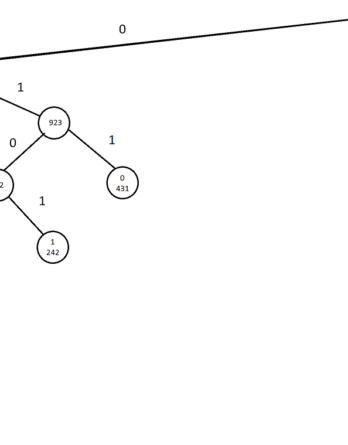Description
Problem 1. (20 points) Suppose that you have been hired by the CS Department to
prepare the course offering schedule of CS courses for the next 5 years. You are given the
following scheduling constraints:
1. All CS courses are offered in regular semester only, i.e., in Fall semester or in Spring
semester. No CS course is offered in the summer semester.
2. Due to shortage of faculty, same course cannot be offered in both Fall and Spring.
A course is offered either in Fall semester or in Spring semester but not in both
semesters.
3. All CS courses, except CS100, have one or more prerequisites. CS100 does not
have any prerequisite. Any given course and its prerequisite course(s) cannot be
offered in the same semester. We refer to a pair of courses (ci
, cj ) as conflicting
courses if ci
is a prerequisite of cj
.
Note that the conflict relation is not a transitive
relation. For example CS100 is a prerequisite of CS200 and CS200 is a prerequisite
of CS300. However, CS100 and CS300 are not conflicting courses because CS100
is not a direct prerequisite of CS300.
Suppose that there are n CS courses and r pair of conflicting courses. Give an O(n+r)
time algorithm that returns a feasible course offering schedule, including all n courses
subject to the above constraints. Your algorithm should return “FALSE” if no feasible
schedule exists
Problem 2. (10 points) Explain how a vertex u of a directed graph can end up in a
depth-first tree containing only u, even though u has both incoming and outgoing edges
in G.
Problem 3. (10 points) Consider a directed graph G = (V, E), where
V = {a, b, c, d, e, f, g, h}, and
E = {(a, e),(a, h),(b, c),(b, d),(c, d),(d, a),(d, e),(e, f),(f, h),(g, f),(h, e),(h, g)}
Find the strong components of G.
Problem 4. (10 points) Consider a directed graph G = (V, E), where
V = {a, b, c, d, e, f}, and
E = {(a, b),(a, d),(b, c),(c, f),(d, e),(e, f)}
How many topological orderings does G have? Write all possible topological orderings.
Problem 5. (10 points) The topological ordering algorithm discussed in class repeatedly finds a node with no incoming edges and deletes it. This will eventually produce a
topological ordering, provided that the input graph is a DAG.
Extend the topological ordering algorithm so that, given any arbitrary directed graph
G, it outputs one of the two things: (a) a topological ordering, thus establishing that G
is a DAG; or (b) a cycle in G, thus establishing that G is not a DAG. The running time
of your algorithm should be O(m + n) for a directed graph with n nodes and m edges.



